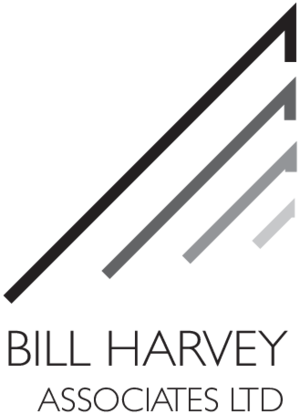Photogrammetry for inspection and assessment of masonry structures
We believe that photogrammetry will revolutionise masonry inspection and assessment, and we’re working hard to make sure it does.
Why do we believe that?
Photogrammetry provides an unparalleled combination of high quality detailed geometry and high resolution surface condition information.
Here’s an example. It should work in any recent browser, on any reasonably powered computer.
Photogrammetry provides a permanent objective record of geometry and condition. Reviewing a high detail 3D model is a lot like being there.
Once you have a model, your structure can be revisited at will, with zero mobilisation cost. Condition and geometry between visits can be compared.
This isn’t the same as comparing condition reports. Condition reports are subjective, and comparison tells you about changes in what inspectors saw, which is not the same as changes in condition.
It’s not exactly like being there of course, but in some ways it’s even better. You can easily move between overviews and details. You can see detail in context, rather than in context-free photographs. You can see features from angles that aren’t possible in real life.
Site data collection doesn’t require expensive equipment. A basic model can be achieved with any camera, even a mobile phone. High quality models need a decent camera but not a great one. Getting the camera to where it is needed is the challenge, and we’re developing simple tools to enable that.
Our services
We use photogrammetry extensively in our consultancy work. It has allowed us to interpret damage to masonry structures beyond what could have been achieved any other way.
We now offer photogrammetry as a stand-alone service.
We can provide a full service, from site photography through to models, including preparation of orthophotos, sections, and so on.
Or we can train your staff to undertake the photography, and they can upload photographs for us to process. Which approach is appropriate depends on the number of applications you have, and their complexity.
We deliver 3D models in a web viewer and through our light weight desktop app. The desktop app offers powerful tools for model interpretation, and we’re busy adding more.
Email hamish@billharveyassociates.com with enquiries.
Examples
Here are a couple more examples.
Eastham Bridge
Eastham Bridge collapsed unexpectedly in front of a school bus. We were able to collect photographs from outside the safety fence, using a camera mounted on a long telescopic carbon fibre pole, and build a full 3D model. Total time for photography, about 3 hours in fading light, including 20 minutes to get from one end to the other.
Moco Farm accommodation bridge
This is a bridge on the mothballed Oxford to Cambridge line, now East West Rail, and the site of the successful ElevArch trial in 2016.
